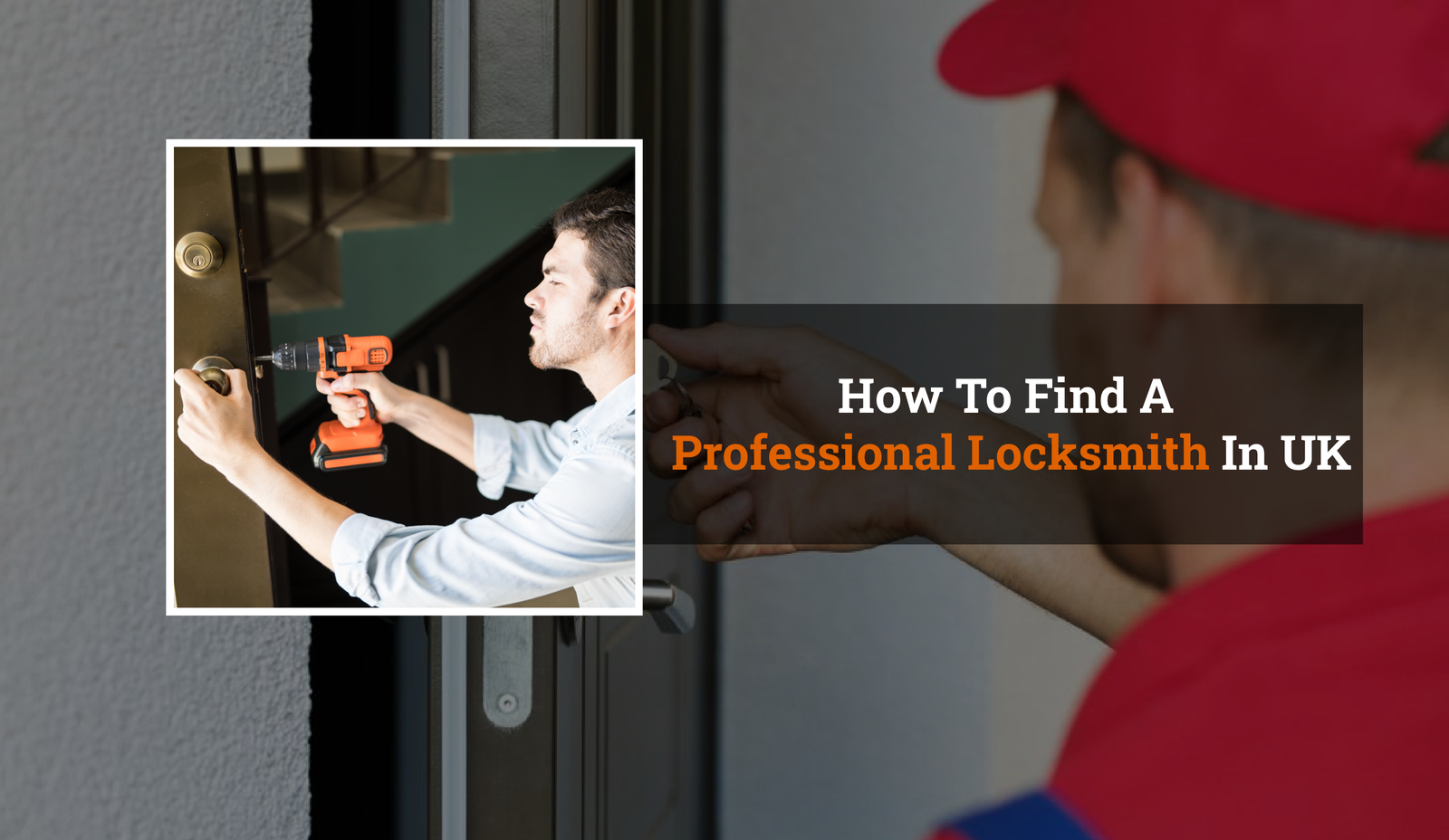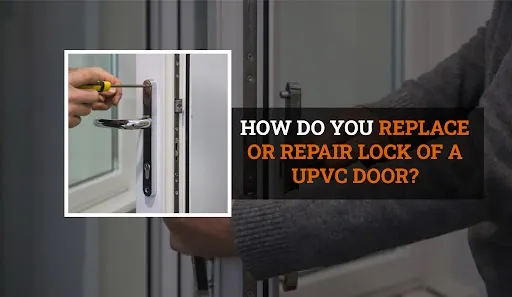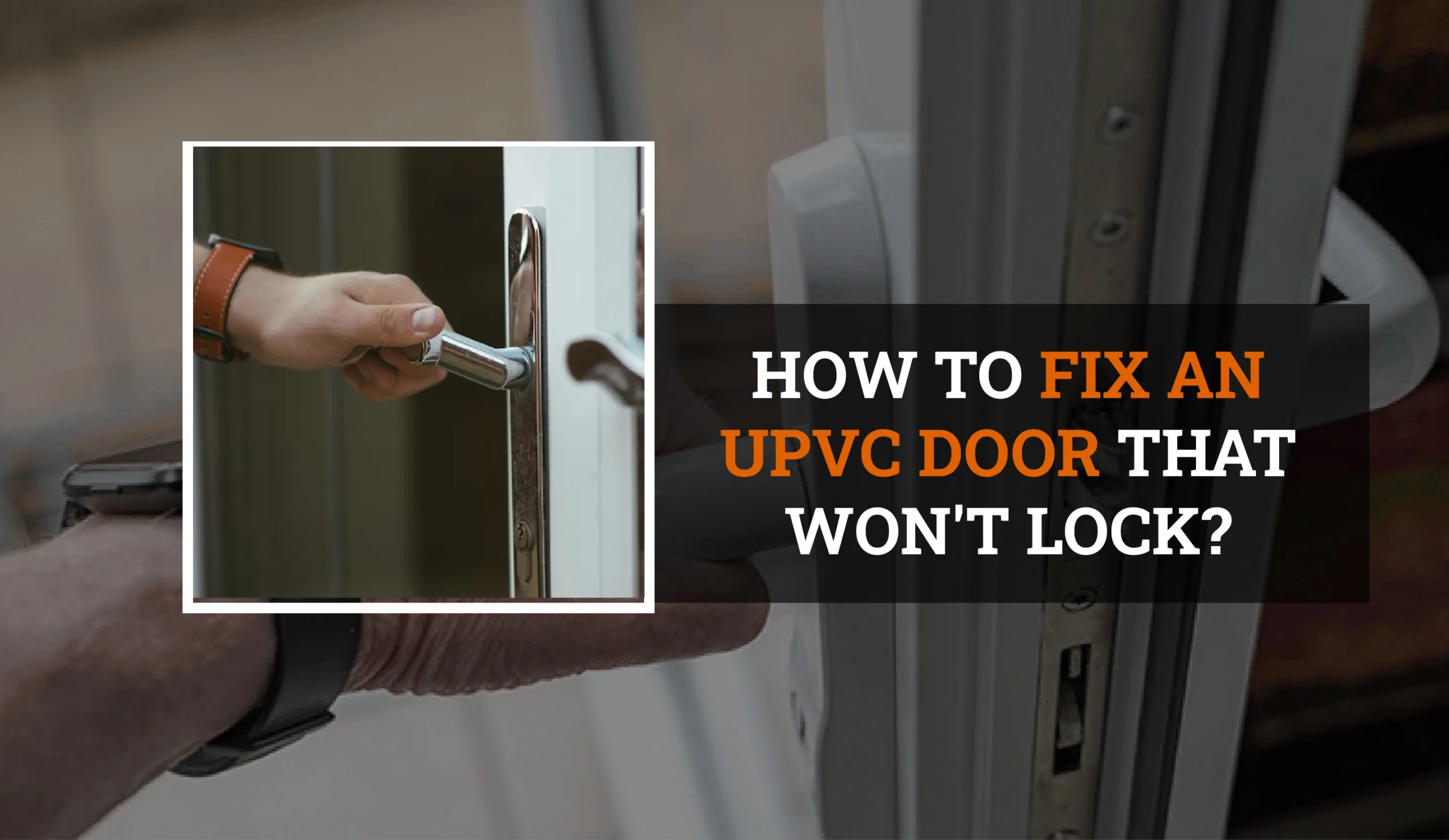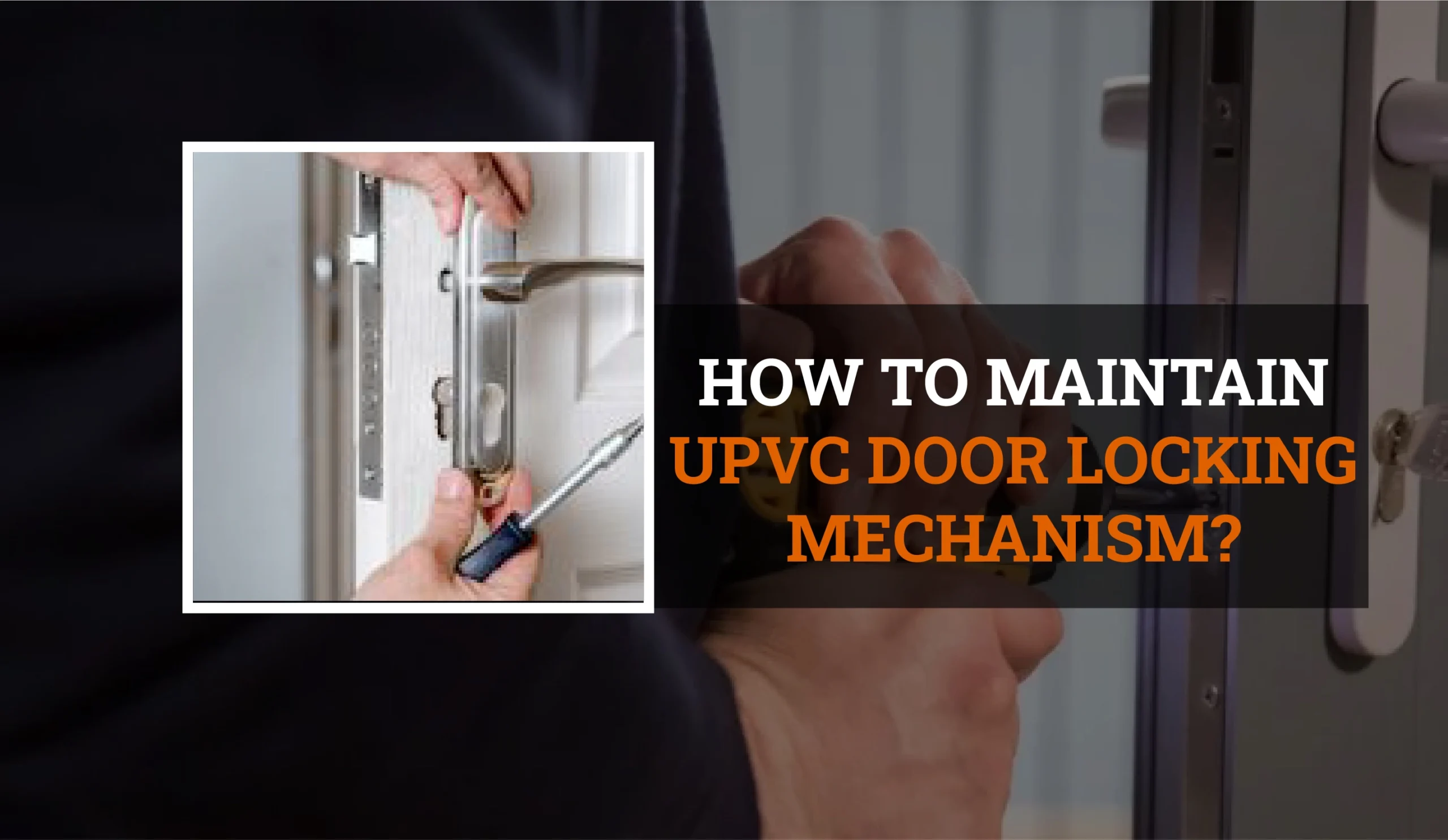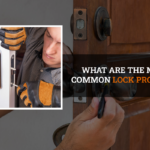Everyone has experienced coming home after a hard day without their key. You may have locked your keys in the house. You stepped outside, and the door slammed shut, trapping you. You shut your car door, trapping your keys inside by mistake. Before you shatter a window or force your door open, it’s important to realise that a locksmith can usually unlock it. Their services may also be cheaper than window replacement. Being locked out of your home or vehicle can be very distressing. Don’t worry, nonetheless! Finding a Professional locksmith in the UK is easy. They’re both reliable and experienced. It’s simpler than you might think. The following discussion is to be considered. They’re essential when looking for the best locksmith to help you get back inside. How do I choose a professional locksmith? Recommendations: Check Google reviews and ask friends for referrals for local locksmiths. You’d be shocked how many of your friends have called a locksmith since they often misplace their keys or get locked out. If your buddies can’t help, Google can. Google will provide many reliable suggestions. We don’t expect all locksmiths in the UK to have a proper permit. The National Locksmith Network and ALGB are two natural trade groups with licenced locksmiths. Instead, look for a locksmith who has undergone inspection by a reputable certification body. Members of these groups should meet specific requirements about their training and insurance. Price Compare: Comparing pricing to company recommendations is sensible. It’s often better to spend more on a firm with a good reputation than on a cheaper one with a bad reputation. Know the probable expenses before seeking a locksmith’s advice. Trustworthy locksmiths will offer you quotes by phone, depending on your situation. They will be honest about their cost system, so be careful about anyone hesitant to give a good guess. Choose A Full-Service Locksmith: Start with a multi-service locksmith if you enjoy your locksmith and want to use him again. Being able to conduct all locksmith and security work is beneficial. Lockouts can occur at any time, day or night. Settle on a locksmith who provides crisis services nonstop. They’ll be available to help you at any time. This is because of this choice. The Area of Administration: Locksmiths only work in some areas around the assembled area. Hire a locksmith who covers your area to limit deferrals, especially in a crisis. Since we live in a computerised age, web assessments carry much weight. Look at respected review platforms. Also, check local forums in your area. Likewise, proposals from dear loved ones are highly valued. Only Use Licenced Locksmiths: This is crucial! Very! Do you hear about locksmiths selling confidential information to burglars? Yes, and we wish to protect you from such firms! Be cautious and examine documentation! Please ensure the locksmith you hire has enough insurance. It should cover any damage while they work for you. Also, ask about any guarantees they give on their work. Reputable locksmiths stand behind their maintenance services. Fast locksmith response: Call a locksmith and estimate the time it will take to answer your enquiry. Sometimes, you need assistance immediately and can’t wait for the operator and technician. Check beforehand! Select a locksmith who clarifies complexities with simplicity. They should be able to describe the issue, the suggested cure, and the costs. They must provide a simple and transparent explanation. It’s assumed that something needs explaining. Be intense. Seek clarification on pressing issues. If you follow these rules, finding a skilled and reliable locksmith in the United Kingdom will be rare. Remember that a bit of planning can make a huge difference. It tackles a troublesome problem with decisive action. Can a professional locksmith open any lock? Can a locksmith beat any lock? Many types of locks exist. A skilled locksmith has many ways to open them. You may outfit your house or company with more secure or pick-proof locks. But even the best locksmith can’t open specific locks. Safe locks: Complex locking mechanisms in safes may need specialised gear to unlock. A locksmith can only unlock a safe by knowing its mechanics. Vaults: Unlocking a vault is like opening a safe. These locks require specialist tools and knowledge of the locking mechanism to open. They’ve become popular recently. Many prefer pushing a keypad to search for their keys in a pocket or handbag. These locks don’t function with locksmith equipment without a keyhole. Antique locks: Lock manufacturers used sophisticated, long-forgotten technology in the past. Locksmiths are cautious. They sometimes need help with old locks; modern tools and methods may destroy them. What is the most common task of a professional locksmith? A professional locksmith performed the following tasks: They are fixing door and window locks. Making lock keys. Lockout solutions for homes, autos, and businesses. Changing lock interiors to match keys. Security system installation for homes and businesses. Emergency lockout and security services 24/7. Commercial safe installation. Only some keys or combinations mean opening safes. Security services like access control for companies. Auto lockouts, key replacements, and key repairs. Advise on security improvements. In Conclusion: When selecting a professional locksmith, you can use a suggestion from your friend or neighbour because if they have hired a locksmith before and it works very well, then they recommend it. Another option is to search Google for a professional locksmith and see its reviews. Also, its licence and expertise are essential to consider. If they are licenced and verified, then it will be helpful to you to know that you and your property are in safe hands. The area that the locksmith covers is also crucial. If you select a locksmith who is too far away, he can’t reach you on time. And can professional locksmiths open any lock? Yes, but safes and vault locks cannot be opened due to their high security. Sometimes, finding a reliable locksmith might seem like an uphill battle. But if you follow these rules and use Towergate Locksmith, you can relax. Your


